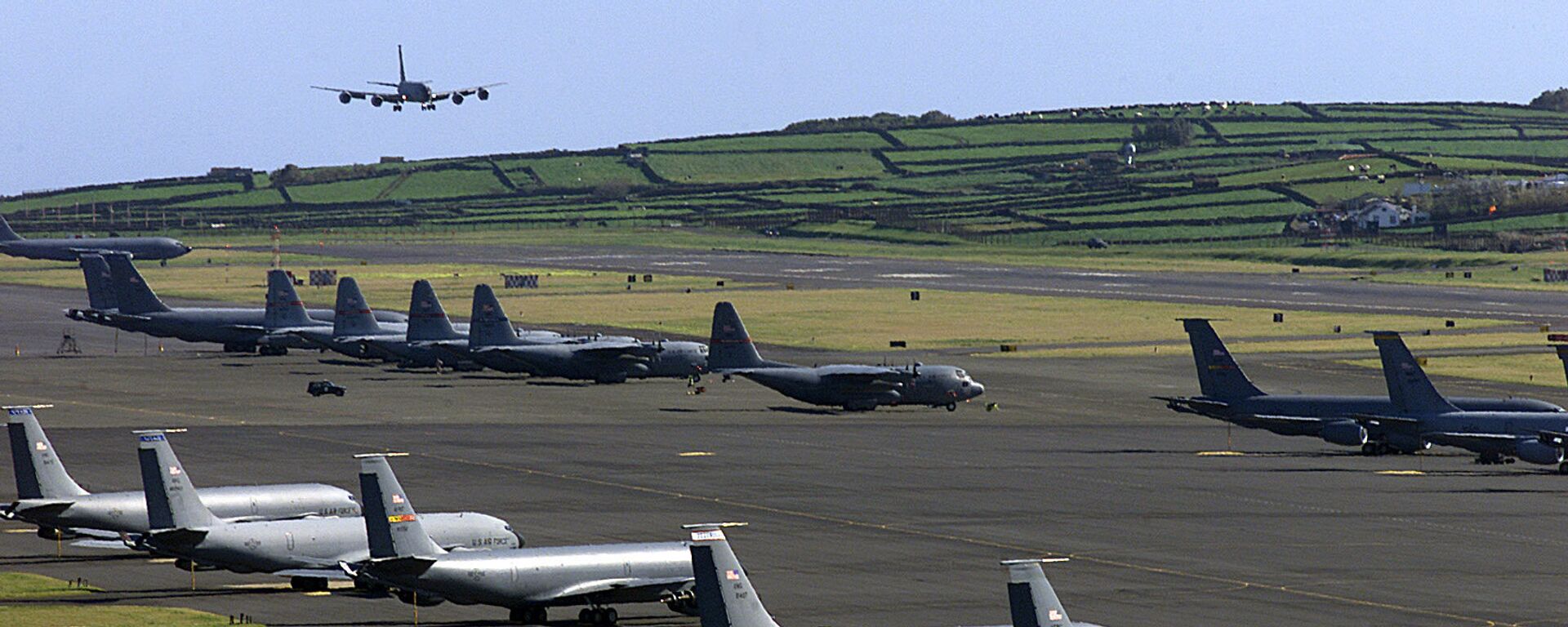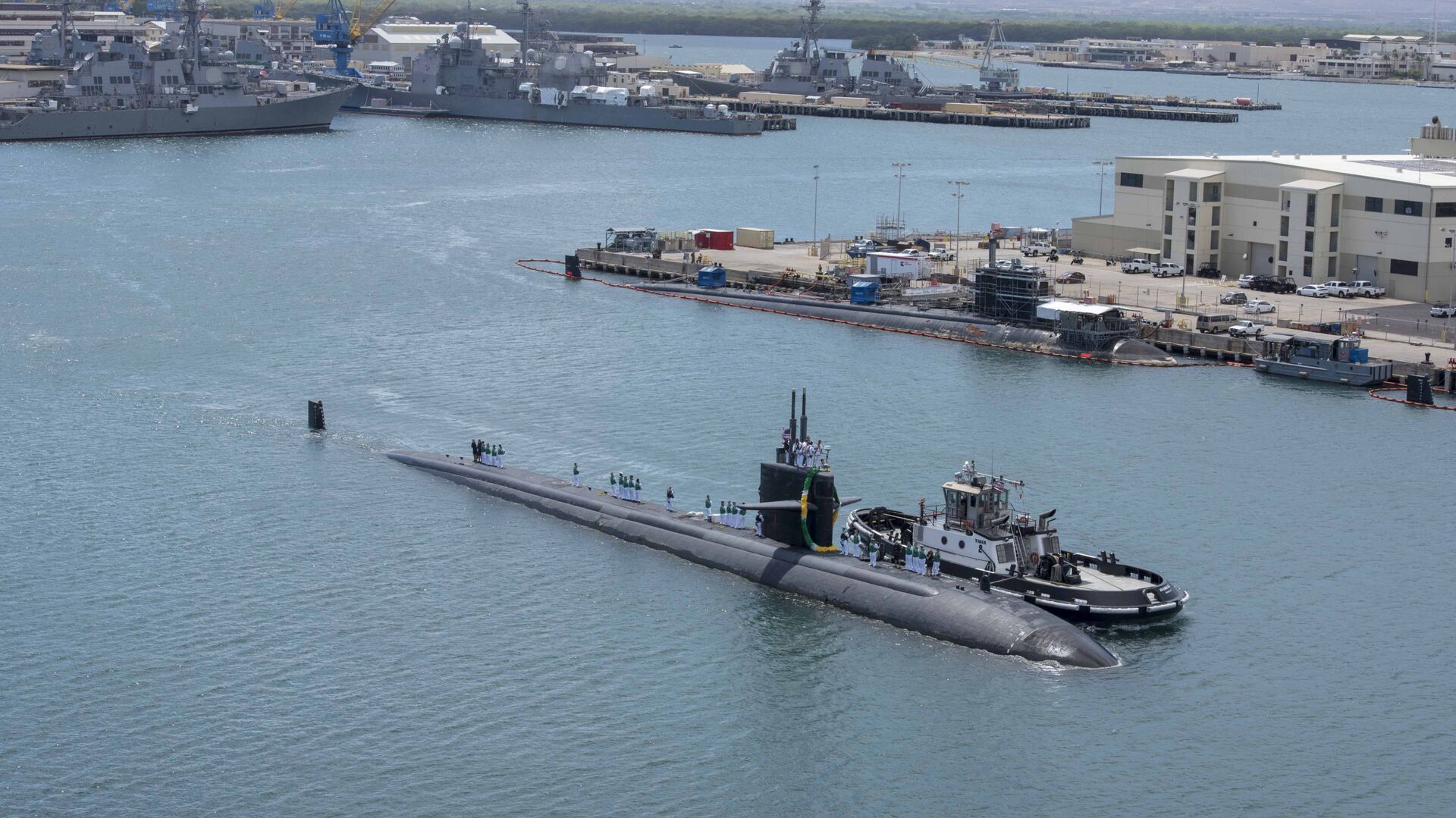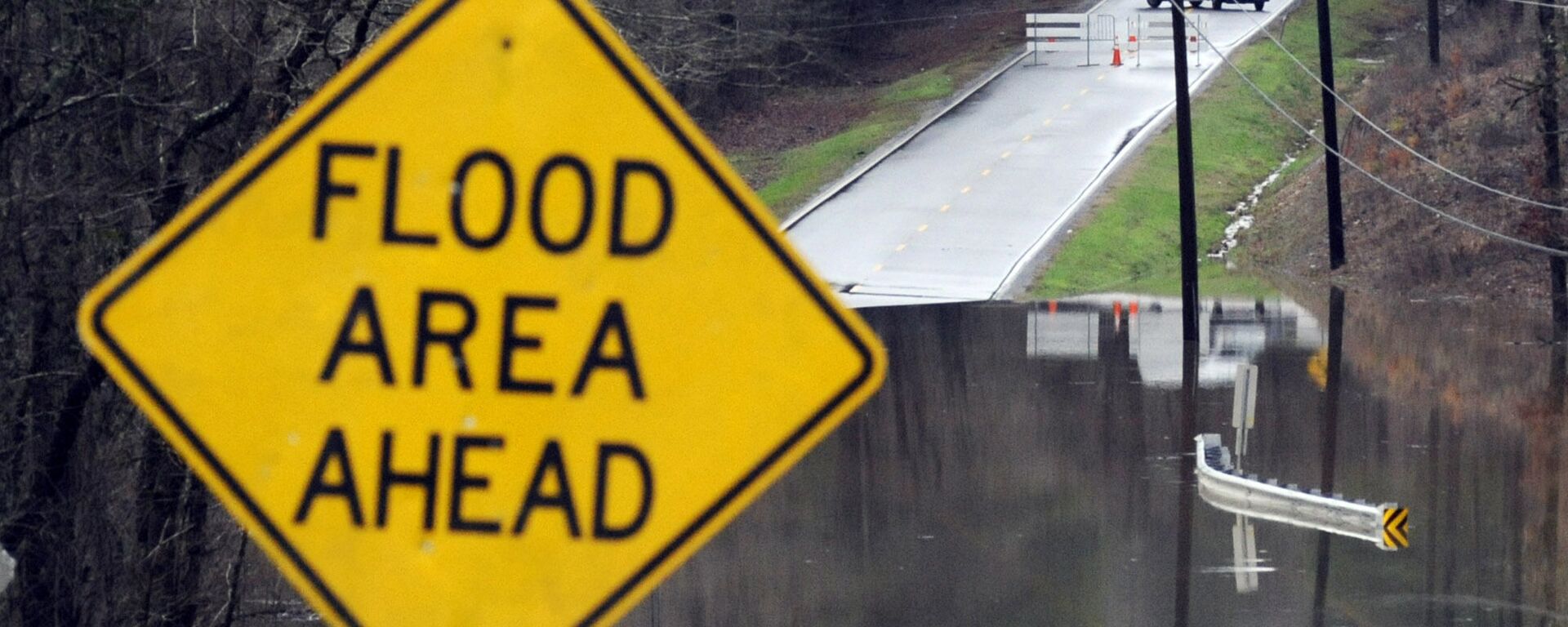https://sputnikglobe.com/20220701/us-navy-admits-pearl-harbor-fuel-depot-contaminated-local-drinking-water-1096867677.html
US Navy Admits Pearl Harbor Fuel Depot Contaminated Local Drinking Water
US Navy Admits Pearl Harbor Fuel Depot Contaminated Local Drinking Water
Sputnik International
Other US military bases across the world have also been involved or suspected to be involved in cases of destroying local ecosystems by polluting nearby water... 01.07.2022, Sputnik International
2022-07-01T14:25+0000
2022-07-01T14:25+0000
2022-07-01T14:25+0000
us
contamination
pearl harbor
https://cdn1.img.sputnikglobe.com/img/107720/26/1077202656_0:161:3067:1886_1920x0_80_0_0_0e811a3d3ba63f0094e219b8d446e14e.jpg
The US Navy has released the results of a probe into the contamination of drinking water supplies at Pearl Harbor Base on Oahu Island, Hawaii last year.The investigation determined that a "lack of critical thinking, intellectual rigor, and self-assessment by key [base] leaders", as well as poor training, supervision and ineffective leadership, caused the leak of jet fuel which left 6,000 ill.It likewise found that the incident at the US military's Red Hill Bulk Fuel Storage Facility on the island started on 6 May 2021 after an operator error led to a rupture of a pipe during fuel pumping. As a result, some 21,000 gallons (80,000 liters) of jet fuel leaked into a fire suppression line, without immediately draining into the soil.Facility officials eventually noticed that one of the fuel tanks was missing 75,700 liters of fuel, but decided that the missing fuel was in the pipes, opting not to report the discrepancy.However, the fuel did not just sit in the fire suppression line, which miraculously was not needed to put out fires. It caused the line to sag under the weight, leading eventually to a collision between it and a cart six months later in November 2021. This, in turn, generated a new rupture and a leak – this time into the soil and the island’s underground water supply that feeds local wells.According to the investigator’s estimates, some 75,700 liters were released into the soil. Since the leak occurred in the depot area, where fuel was not supposed to be stored, responders did not have the tools at hand to deal with the disaster.Eventually, the responding team came to conclude that it had collected all but 144 liters of the leaked fuel, thinking that only 6,125 liters had escaped from the tank in May. In reality, investigators estimate that some 19,000 liters made it into Pearl Harbor's soil and water supply.AftermathSoon after the November 2021 leak, it became apparent that far more than 144 liters had leaked into the soil after 6,000 people sought medical help with symptoms of jet fuel poisoning, including nausea, headaches, rashes and others.Only then did the US Navy decided to relocate 4,000 military families until the water supply was cleaned. While the jet fuel did not apparently contaminate the Honolulu water supply, authorities still decided to close the city's well in December to be on the safe side and asked 400,000 residents to conserve water amid dry weather.The report went on to blame poor training and supervision, as well as the fact that local officials defaulted to thinking that nothing drastic had happened during the May and November leaks, as the key factors that contributed to the damage done to the local water supply in Pearl Harbor.Head of the US Fleet Forces Command Daryl L. Caudle is now tasked with identifying the servicemen responsible for the leak, determining disciplinary measures for them, and recommending some of the complacent civilians to supervisors.Admiral Paparo, in turn, said that the navy will now conduct a review of its other 48 fuel storage facilities.The incident at the Red Hill Bulk Fuel Storage Facility is not the only case where the US military has either been involved or accused of contaminating local ecosystems. An extensive 2018 RT report detailed how the US-operated Lajes Airbase on Portugal's Terceira Island of the Azores archipelago was suspected of contaminating local waters, aquifers and soil with fuel spills.Local physics professor Felix Rodrigues claimed that some 88,000 liters of fuel was spilled at the airbase over the last 10 years with small leaks not being reported. He also pointed out the disproportionally high cancer rate on the island, which is responsible for up to 33% of certain types of cancer in the archipelago despite hosting only around 8% of its overall population.
https://sputnikglobe.com/20200729/long-term-risk-of-flooding-of-us-hazardous-waste-sites-may-lead-to-spreading-of-contaminants-study-1080011766.html
https://sputnikglobe.com/20180222/us-base-gives-you-cancer-1061913469.html
pearl harbor
Sputnik International
feedback@sputniknews.com
+74956456601
MIA „Rosiya Segodnya“
2022
Tim Korso
https://cdn1.img.sputnikglobe.com/img/07e6/03/0d/1093831826_0:0:216:216_100x100_80_0_0_e3f43a960af0c6c99f7eb8ccbf5f812c.jpg
Tim Korso
https://cdn1.img.sputnikglobe.com/img/07e6/03/0d/1093831826_0:0:216:216_100x100_80_0_0_e3f43a960af0c6c99f7eb8ccbf5f812c.jpg
News
en_EN
Sputnik International
feedback@sputniknews.com
+74956456601
MIA „Rosiya Segodnya“
Sputnik International
feedback@sputniknews.com
+74956456601
MIA „Rosiya Segodnya“
Tim Korso
https://cdn1.img.sputnikglobe.com/img/07e6/03/0d/1093831826_0:0:216:216_100x100_80_0_0_e3f43a960af0c6c99f7eb8ccbf5f812c.jpg
us, contamination, pearl harbor
us, contamination, pearl harbor
US Navy Admits Pearl Harbor Fuel Depot Contaminated Local Drinking Water
Other US military bases across the world have also been involved or suspected to be involved in cases of destroying local ecosystems by polluting nearby water supplies and soil, as was the case on Portugal's Terceira Island, which hosts the US Lajes Airbase.
The US Navy has released the results of a probe into the
contamination of drinking water supplies at Pearl Harbor Base on Oahu Island, Hawaii last year.
The investigation determined that a "lack of critical thinking, intellectual rigor, and self-assessment by key [base] leaders", as well as poor training, supervision and ineffective leadership, caused the leak of jet fuel which left 6,000 ill.
It likewise found that the incident at the US military's Red Hill Bulk Fuel Storage Facility on the island started on 6 May 2021 after an operator error led to a rupture of a pipe during fuel pumping. As a result, some 21,000 gallons (80,000 liters) of jet fuel leaked into a fire suppression line, without immediately draining into the soil.
Facility officials eventually noticed that one of the fuel tanks was missing 75,700 liters of fuel, but decided that the missing fuel was in the pipes, opting not to report the discrepancy.
However, the fuel did not just sit in the fire suppression line, which miraculously was not needed to put out fires. It caused the line to sag under the weight, leading eventually to a collision between it and a cart six months later in November 2021. This, in turn, generated a new rupture and a leak – this time
into the soil and the island’s underground water supply that feeds local wells.
According to the investigator’s estimates, some 75,700 liters were released into the soil. Since the leak occurred in the depot area, where fuel was not supposed to be stored, responders did not have the tools at hand to deal with the disaster.
"Meanwhile, over the course of eight days, that fuel enters into this French drain that is under the concrete and seeps slowly and quietly into the Red Hill well. And that fuel into the Red Hill well is then pumped into the Navy system,” Commander of the US Pacific Fleet Admiral Sam Paparo explained as he presented the probe's results.
Eventually, the responding team came to conclude that it had collected all but 144 liters of the leaked fuel, thinking that only 6,125 liters had escaped from the tank in May. In reality, investigators estimate that some 19,000 liters made it into Pearl Harbor's soil and water supply.
Soon after the November 2021 leak, it became apparent that far more than 144 liters had leaked into the soil after 6,000 people sought medical help with symptoms of jet fuel poisoning, including nausea, headaches, rashes and others.
Only then did the US Navy decided to relocate 4,000 military families until the water supply was cleaned. While the jet fuel did not apparently contaminate the Honolulu water supply, authorities still decided to close the city's well in December to be on the safe side and asked 400,000 residents to conserve water amid dry weather.
The report went on to blame poor training and supervision, as well as the fact that local officials defaulted to thinking that nothing drastic had happened during the May and November leaks, as the key factors that contributed to the damage done to the local water supply in Pearl Harbor.
"The lack of critical thinking, intellectual rigor, and self-assessment by key leaders at decisive moments exemplified a culture of complacency and demonstrated a lack of professionalism that is demanded by the high consequence nature of fuel operations," the report indicated.
Head of the US Fleet Forces Command Daryl L. Caudle is now tasked with identifying the servicemen responsible for the leak, determining disciplinary measures for them, and recommending some of the complacent civilians to supervisors.
Admiral Paparo, in turn, said that the navy will now conduct a review of its other 48 fuel storage facilities.
"We cannot assume Red Hill represents an outlier, and similar problems may exist at other locations,” he explained.
The incident at the Red Hill Bulk Fuel Storage Facility is not the only case where the US military has either been involved or accused of contaminating local ecosystems. An extensive 2018 RT report detailed how the US-operated Lajes Airbase on
Portugal's Terceira Island of the Azores archipelago was suspected of contaminating local waters, aquifers and soil with fuel spills.

22 February 2018, 20:58 GMT
Local physics professor Felix Rodrigues claimed that some 88,000 liters of fuel was spilled at the airbase over the last 10 years with small leaks not being reported. He also pointed out the disproportionally high cancer rate on the island, which is responsible for up to 33% of certain types of cancer in the archipelago despite hosting only around 8% of its overall population.






